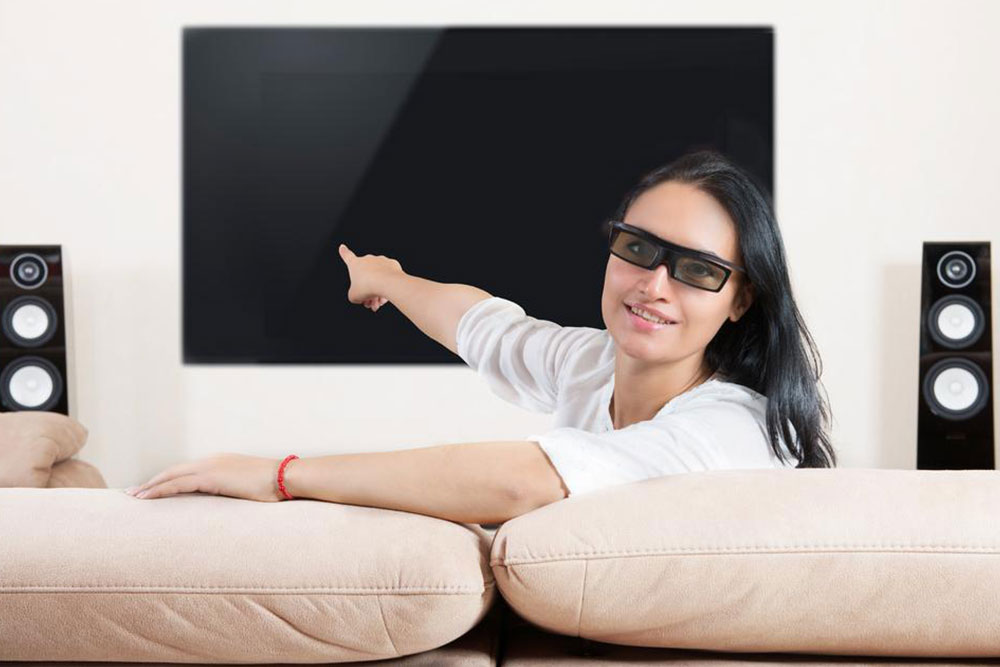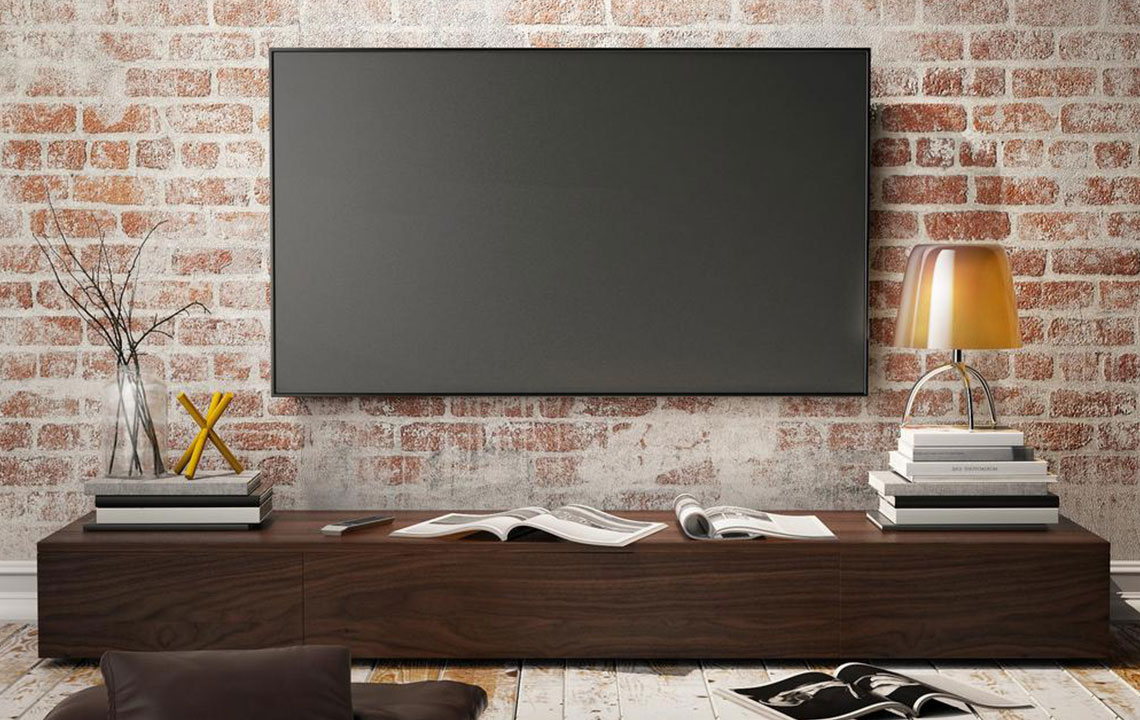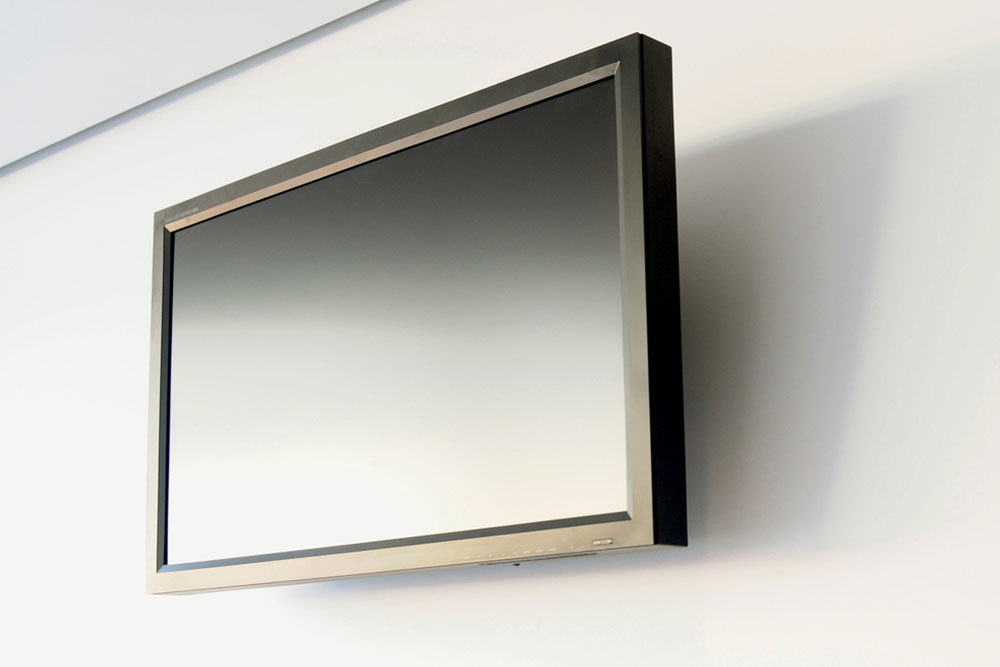Understanding Various Television Screen Resolutions
Discover the key differences among TV resolutions such as 720p, 1080p, 2K, and 4K Ultra HD. This guide helps you understand each format's features, aiding you in selecting the perfect television for your entertainment needs with clarity and precision. Stay updated with the latest in display technology to enhance your viewing experience.
Sponsored

The evolution of the television industry has introduced a wide range of display options for consumers. Modern TVs come with advanced features, offering stunning visual clarity and immersive sound. Despite the plethora of choices, many are unsure which resolution best matches their viewing needs. To select the ideal TV resolution, it’s essential to understand what terms like 4K, 1080p, and UHD represent. This knowledge helps users pick devices tailored to their preferences and viewing habits.
Primarily, understanding resolution specifications such as 720p, 1080p, 2K, and 4K can guide consumers in making informed decisions. This article explores these formats and highlights their differences to assist you in choosing the right television for your entertainment setup.
720p
While 720p was once a popular choice, it is now considered outdated. With a pixel resolution of 1280 x 720, it produces approximately 921,600 pixels, offering basic HD quality. Although adequate for casual viewing, it falls short compared to newer standards and is rarely used in modern TVs.
1080p
The 1080p resolution features a pixel grid of 1920 by 1080, totaling around 2,073,600 pixels. Known as Full HD, it provides sharper images and better picture quality than 720p. For years, this has been the industry standard, with most content produced in 1080p to ensure clarity and detail for viewers.
2K
Often recognized in cinema, 2K resolution refers to a width of 2,084 pixels and is common in digital theaters. Used as a shorthand for 1080p on some devices, 2K offers a slightly higher resolution than Full HD. It is gradually gaining popularity in consumer TVs, bridging the gap between traditional Full HD and 4K displays.
4K Ultra HD
Currently the most sought-after resolution, 4K Ultra HD offers a pixel count of 3840 x 2160, delivering four times the detail of Full HD. This resolution significantly enhances picture clarity, providing vibrant visuals ideal for large-screen TVs. Although sometimes called 2160p, the industry recognizes this format as 4K UHD, making it the top choice for movie enthusiasts and gamers alike.






